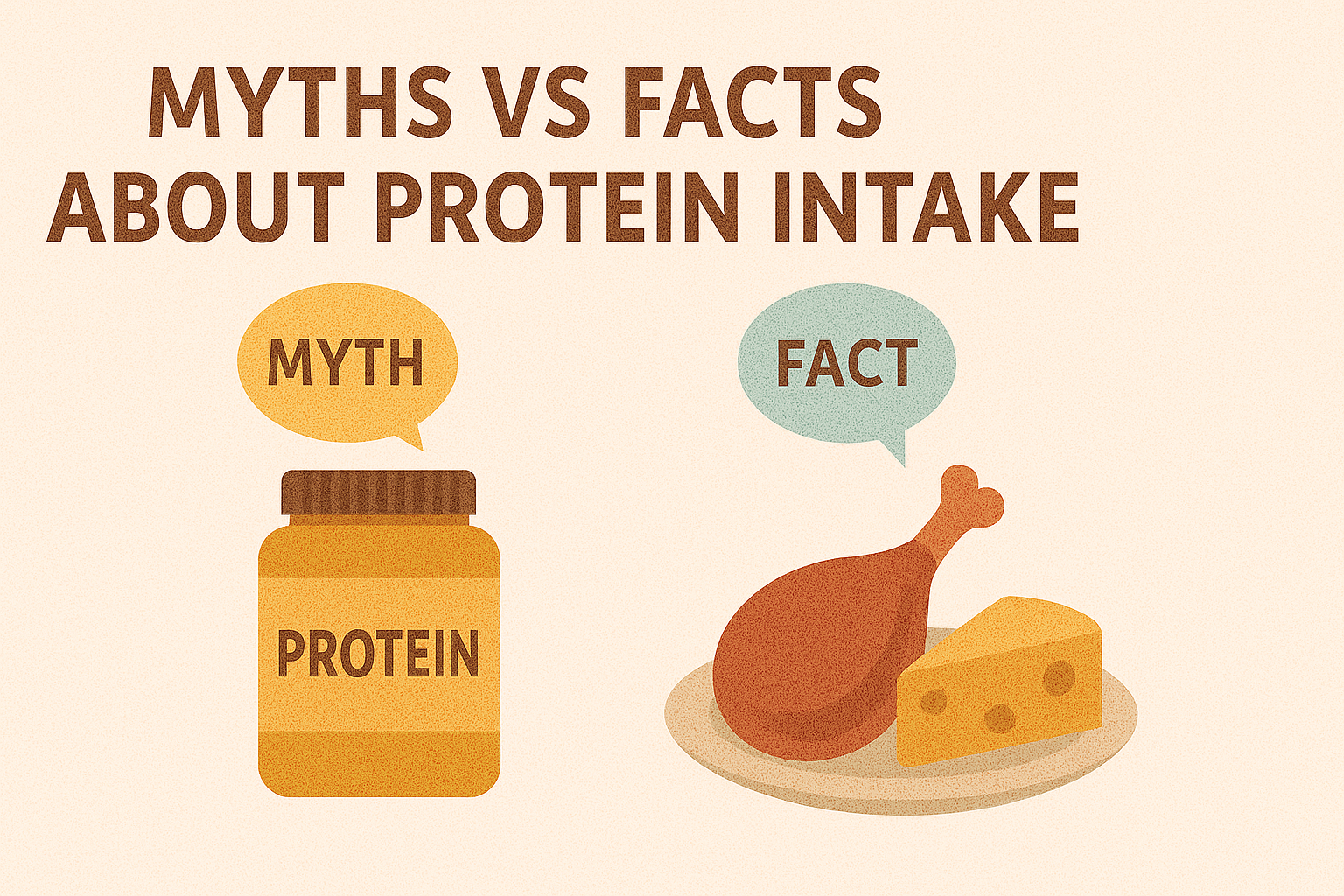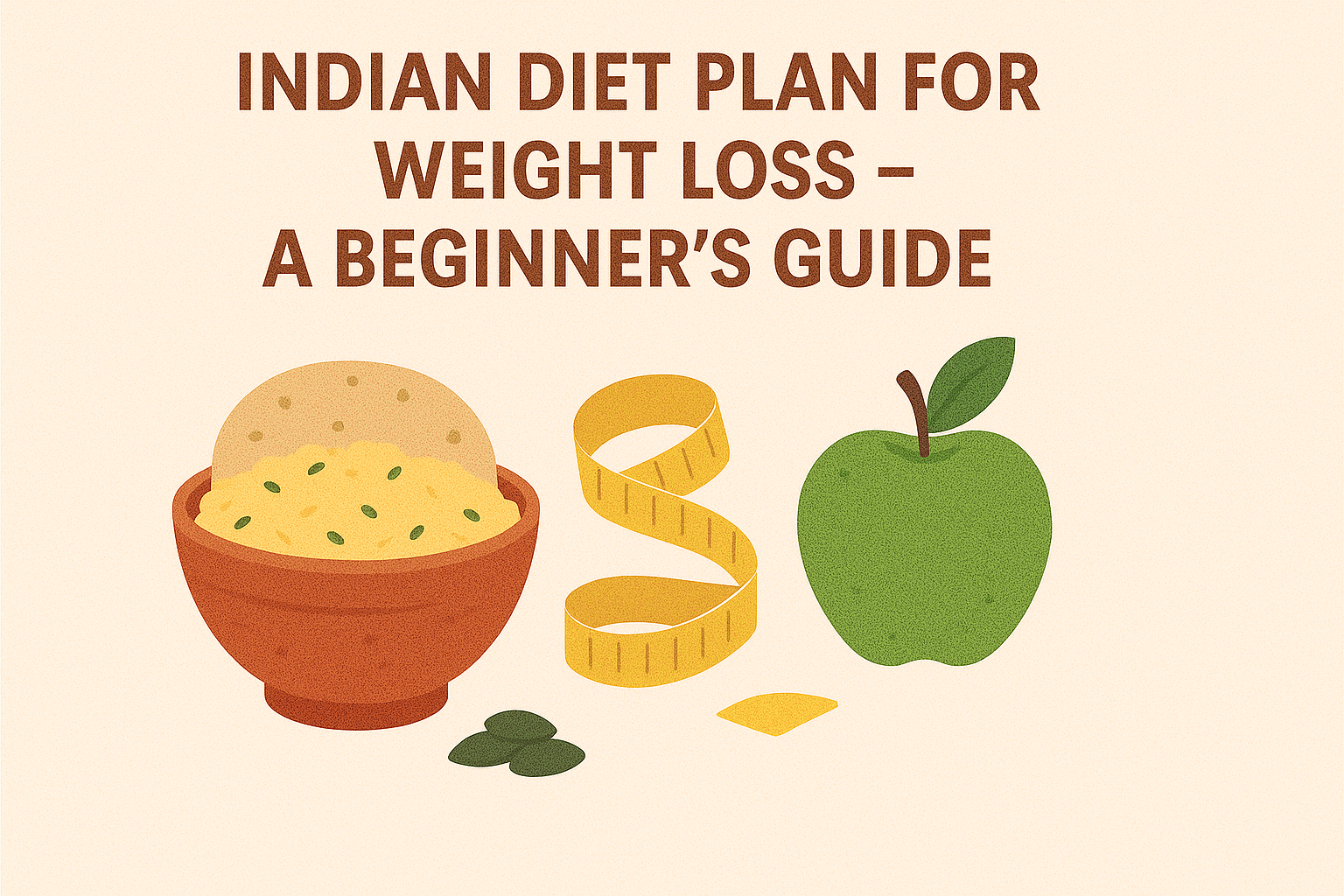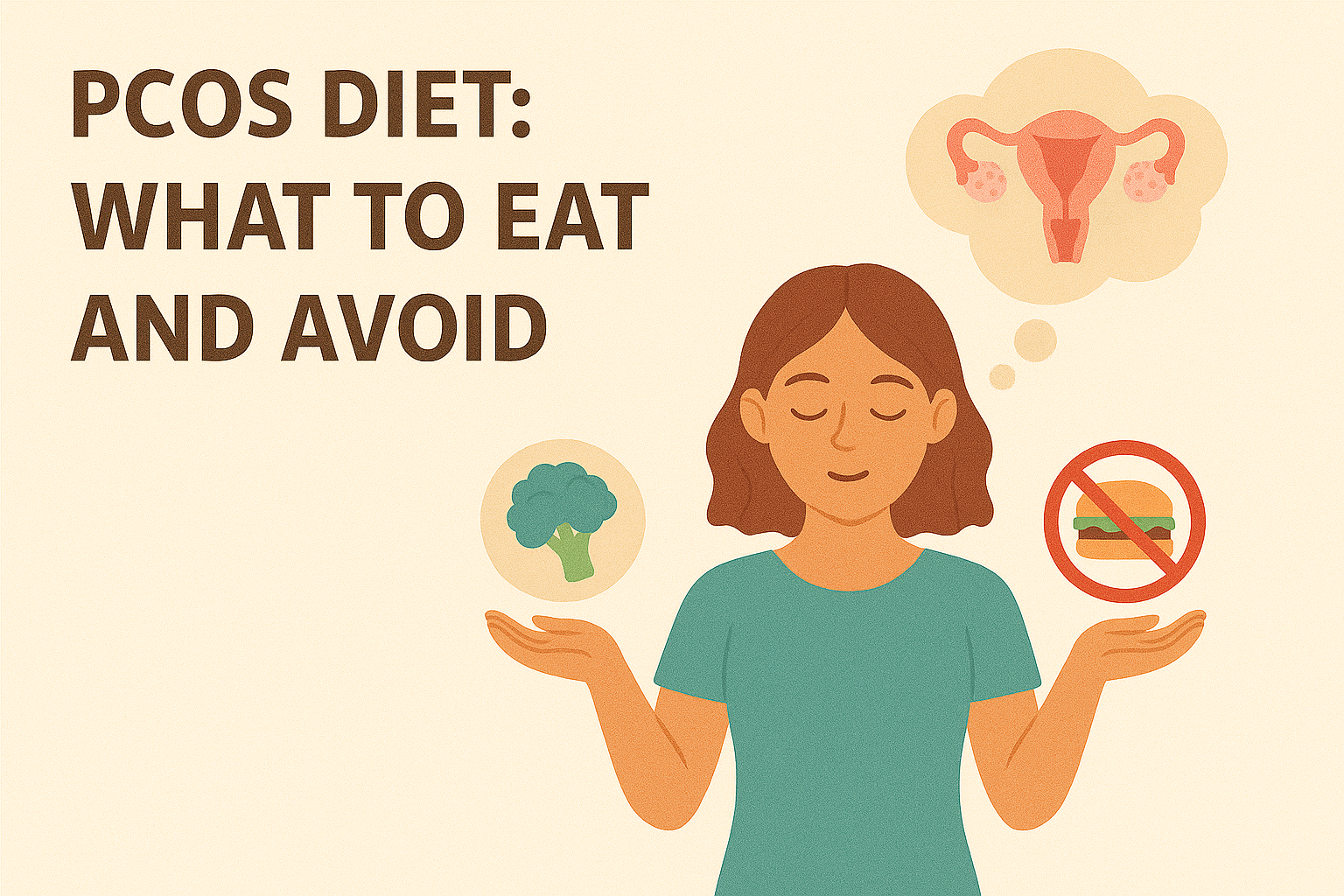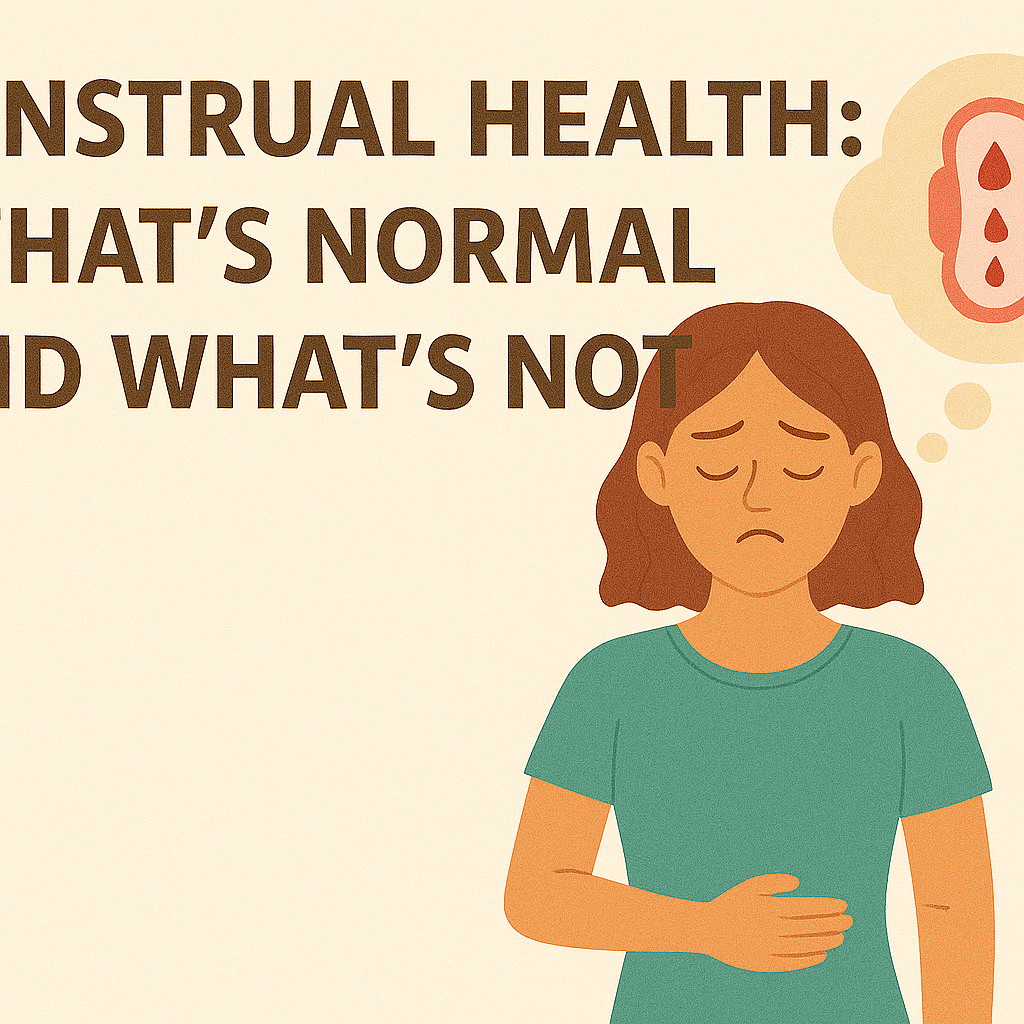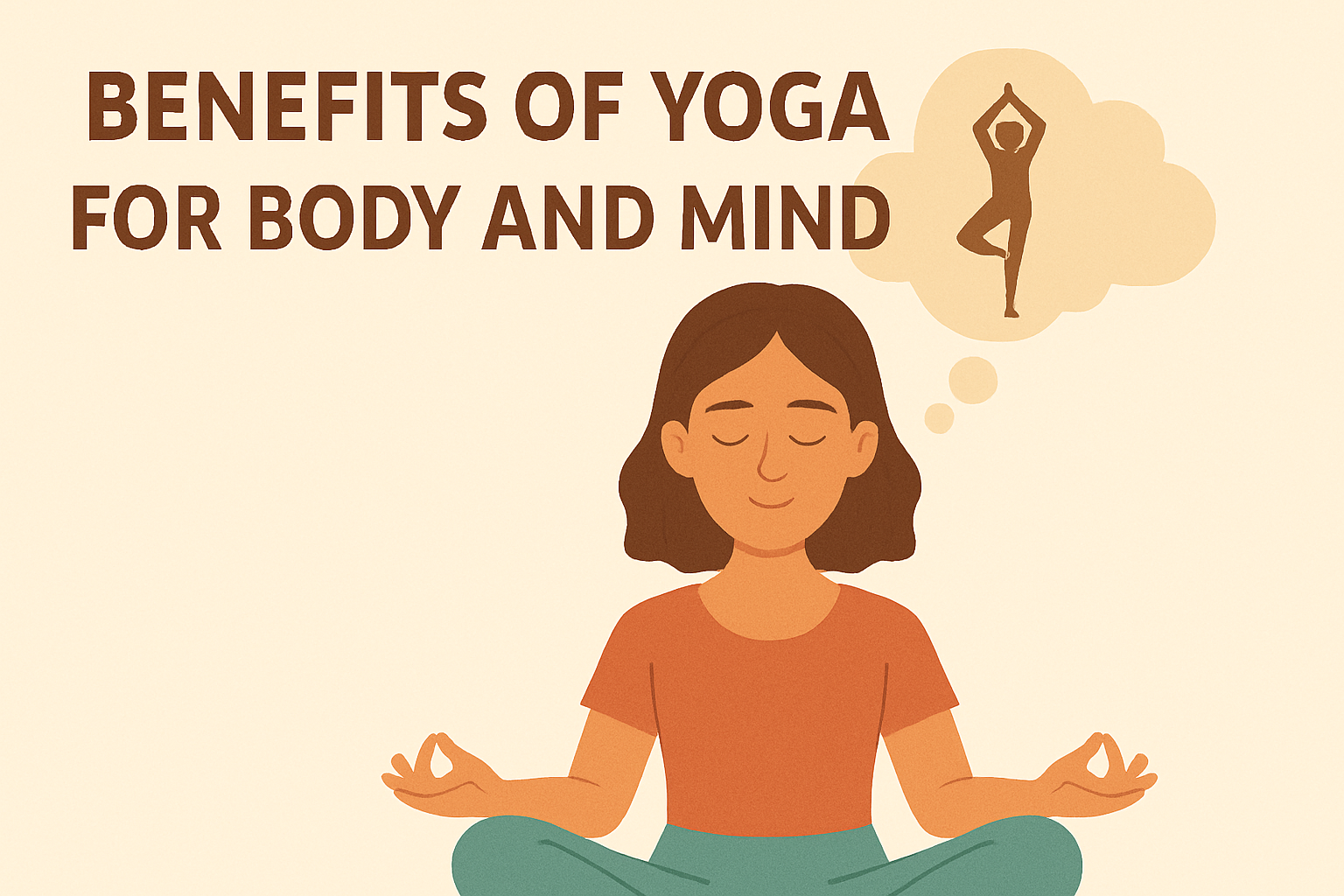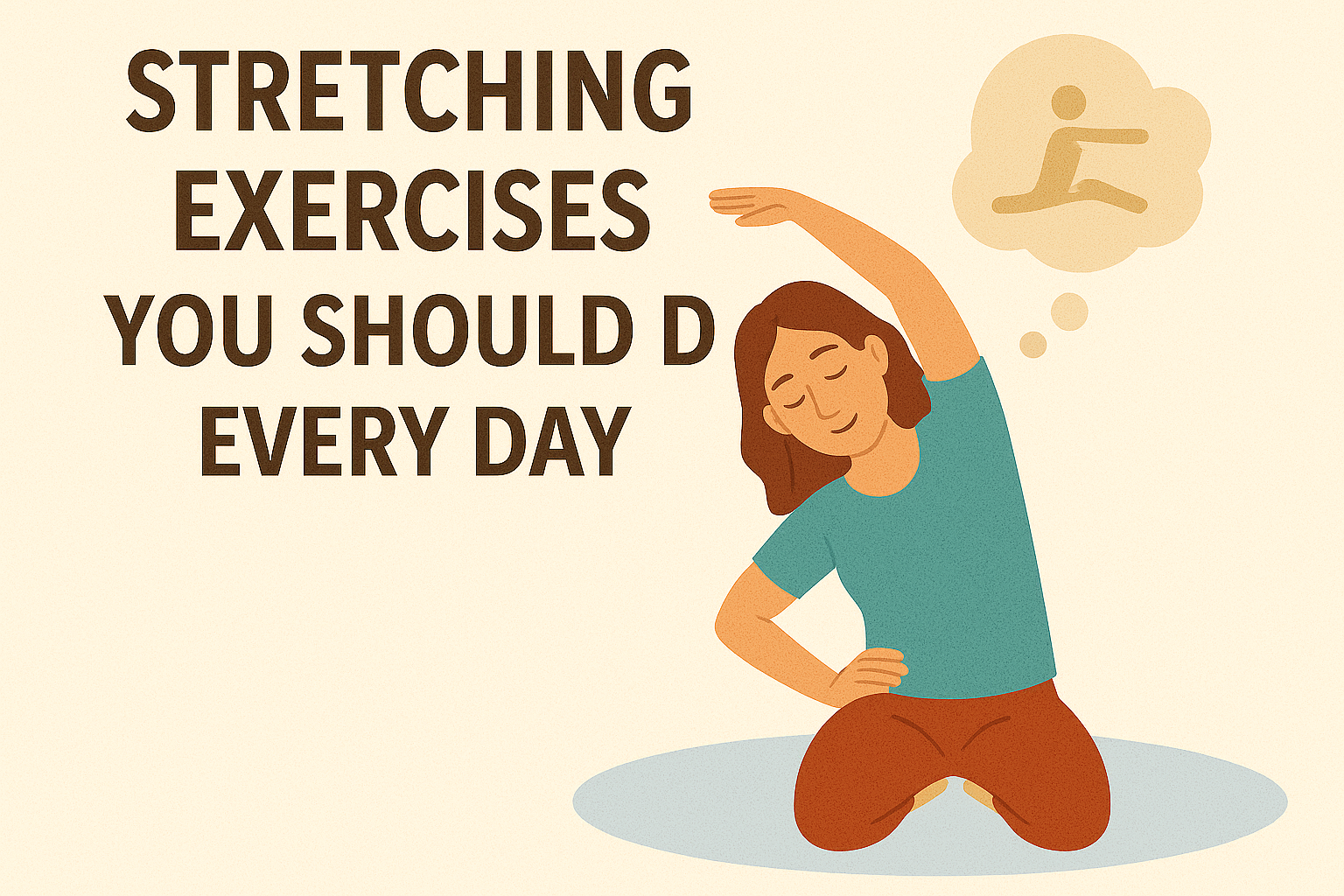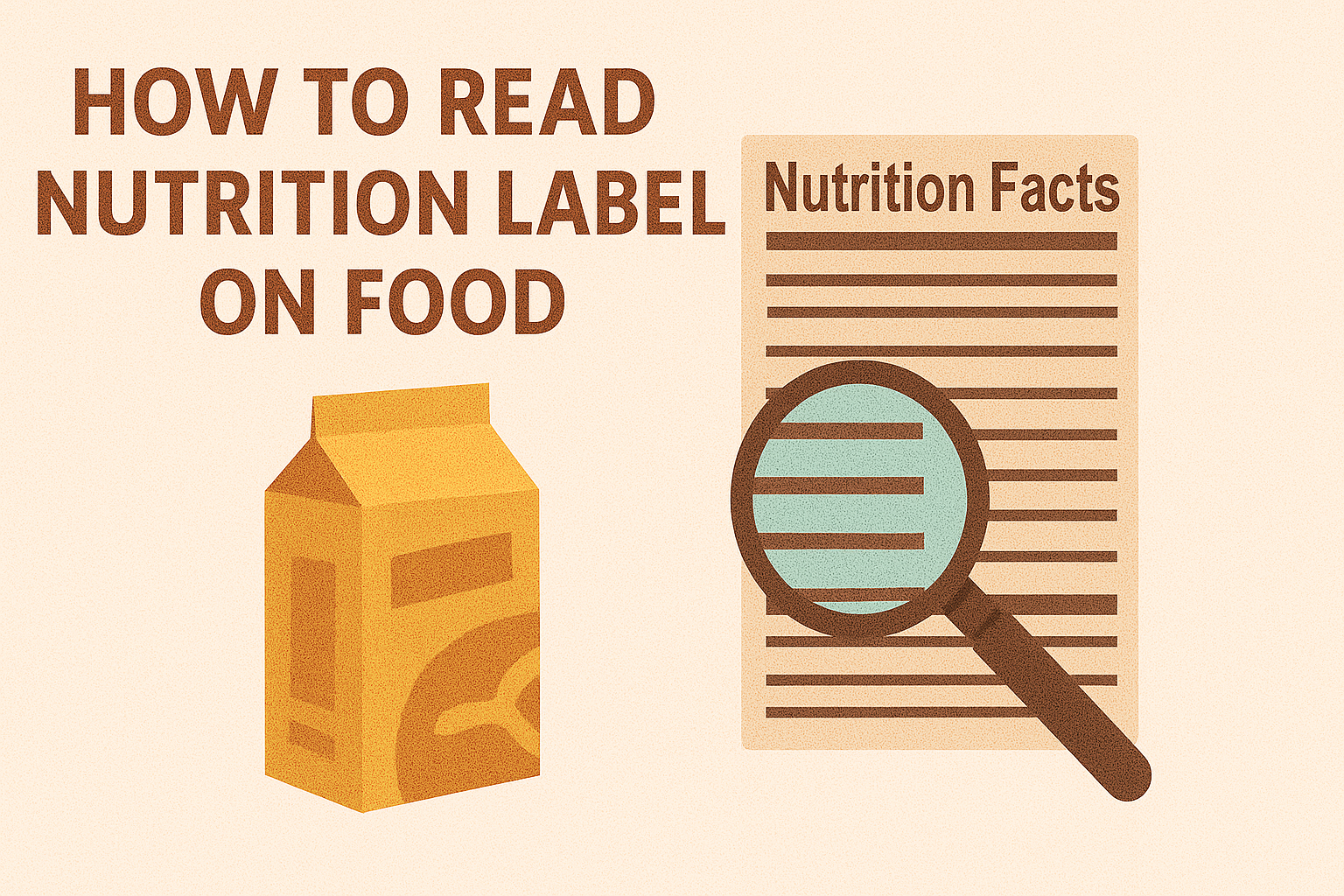
📌 Introduction: Why Nutrition Labels Matter
Do you ever flip a food packet and feel confused by all the numbers and ingredients? You’re not alone. Understanding how to read nutrition labels is an essential skill for anyone who wants to eat healthier, lose weight, or manage conditions like diabetes or high blood pressure. These labels help you know what you’re really eating — and help you make smart choices.
🧾 1. What Are Nutrition Labels?
Nutrition labels are printed information on packaged foods that tell you:
-
How many calories are in a serving
-
How much fat, sugar, salt, and protein it contains
-
The amount of vitamins, minerals, and fiber
-
What ingredients are used
✅ They’re your quick cheat sheet to judge if a product is healthy or not.
🔢 2. Serving Size – Read This First
At the top of every label is the serving size.
-
It tells you how much of the product the numbers are based on.
-
If the pack says “serving size: 100g” and you eat 200g, you must double all the values.
📌 Tip: Always compare similar products based on per 100g for fair comparison.
🔋 3. Calories – Total Energy from Food
Calories indicate how much energy you get from the food.
-
A snack with 500 calories might be too much if your daily need is only 1800–2000 calories.
-
For weight loss, track how many calories you consume daily.
💡 Low-calorie doesn’t always mean healthy — check the other values too!
🧈 4. Fats – Good vs. Bad
Nutrition labels break down:
-
Total fat
-
Saturated fat (can raise cholesterol)
-
Trans fat (harmful – avoid completely)
✅ Choose products low in saturated and zero in trans fats.
🥑 Healthy fats from nuts, seeds, and olive oil are okay in moderation.
🍬 5. Sugar – Watch Out!
Sugar may appear as:
-
Sugar
-
Glucose
-
Corn syrup
-
Fructose
-
Sucrose
📌 The lower, the better. Aim for less than 5g of sugar per 100g for daily items.
⚠️ “No added sugar” doesn’t mean zero sugar — it may still have natural sugars.
🧂 6. Salt/Sodium – Hidden Danger
Too much sodium increases the risk of high blood pressure.
-
Recommended: Less than 2g of salt (or 0.8g sodium) per day
-
Check for hidden salt in chips, biscuits, instant food
💡 Look for labels with low sodium or no salt added.
🧬 7. Ingredients List – Read from Left to Right
The ingredients are listed in descending order — the first item is present in the largest quantity.
-
Avoid products with maida, sugar, or hydrogenated oil listed first.
-
Fewer ingredients = healthier food.
📌 Look for whole ingredients like oats, dal, wheat flour, jaggery, etc.
🟢 8. Nutrients to Look For
Choose food that is high in:
-
Fiber
-
Protein
-
Iron, calcium, and vitamins
-
Whole grains
These help improve immunity, digestion, and keep you full longer.
🧠 9. Quick Red-Flag Checklist
Avoid if the label says:
-
High saturated/trans fat
-
Sugar as one of the first 3 ingredients
-
Long list of unpronounceable chemicals
-
High sodium (more than 1g per 100g)
❌ These items may lead to weight gain, fatigue, and long-term health issues.
✅ Conclusion: Make Smarter Food Choices
Now that you know how to read nutrition labels, the power is in your hands.
🛒 Next time you shop, don’t just look at the front of the packet — flip it over and check the label. You’ll start making healthier, smarter, and more confident food choices.
Small steps = Big health results!
